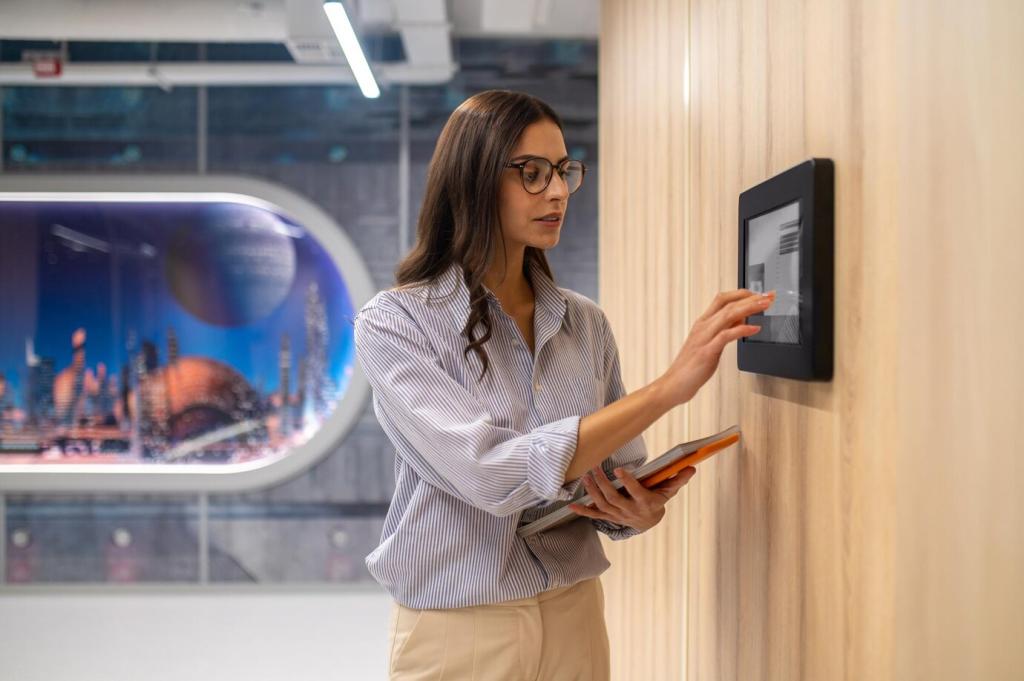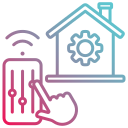Automated Lighting Solutions
Automated lighting solutions are transforming the way we experience and manage light in our homes, workplaces, and public spaces. By combining advanced sensors, smart controls, and intelligent systems, these solutions offer unmatched convenience, energy savings, and enhanced control over lighting environments. Whether you seek increased comfort, security, or efficiency, automated lighting represents the cutting edge of modern illumination technology.
Intelligent Control Systems
Adaptive Lighting Algorithms
Adaptive lighting algorithms are designed to analyze real-time data from various sources, such as occupancy sensors and daylight meters, to ensure optimal illumination at all times. By continuously adjusting brightness and color temperature, these algorithms can effectively reduce energy consumption while maintaining comfort and productivity. Such adaptability makes it possible to tailor lighting environments to the specific needs of occupants, creating individualized experiences that promote well-being and efficiency.


Remote and Centralized Management
Remote and centralized management capabilities allow building operators and homeowners to monitor and control lighting systems from virtually anywhere. Using web or app-based interfaces, authorized users can customize schedules, receive alerts, and optimize lighting scenes—all in real time. This not only streamlines facility management but also provides the flexibility to respond quickly to changing requirements, whether for energy savings, emergency response, or improved convenience.
Occupancy and Daylight Sensing
Occupancy sensors detect motion or presence in a room, automatically switching lights on when needed and off when spaces are vacant. Daylight sensors, on the other hand, measure natural light levels and adjust artificial lighting accordingly. Together, these technologies ensure that lights are only in use when necessary, making the environment both eco-friendly and cost-effective. By optimizing energy usage, organizations can contribute to sustainability goals without sacrificing comfort or safety.
Predictive Scheduling and Automation
Predictive scheduling uses historical usage data and machine learning techniques to anticipate lighting needs in advance. By analyzing patterns such as peak occupancy times, system algorithms can automate lighting to align with expected activity. This proactive approach prevents lights from running unnecessarily and helps facility managers adhere to strict energy policies. Over time, such automation leads to significant reductions in operational costs and supports compliance with green building standards.
Supporting Green Building Initiatives
Automated lighting systems are a key component in achieving green building certifications like LEED and BREEAM. By providing quantifiable energy savings and supporting the use of renewable energy sources, these systems contribute to healthier, more sustainable built environments. Integrating efficient lighting not only lowers a building’s carbon footprint but also enhances its appeal to environmentally conscious tenants and investors, making it a smart choice for future-ready buildings.
Previous slide
Next slide

Enhanced User Experience
Personalized lighting scenes allow users to select or create their own preferred lighting environments for different activities, such as reading, relaxing, or entertaining. Automated systems store and recall these preferences at the touch of a button or through voice commands. By catering to individual needs and moods, these solutions transform spaces into more welcoming and functional places, fostering greater satisfaction and productivity for all users.
Previous
Next
